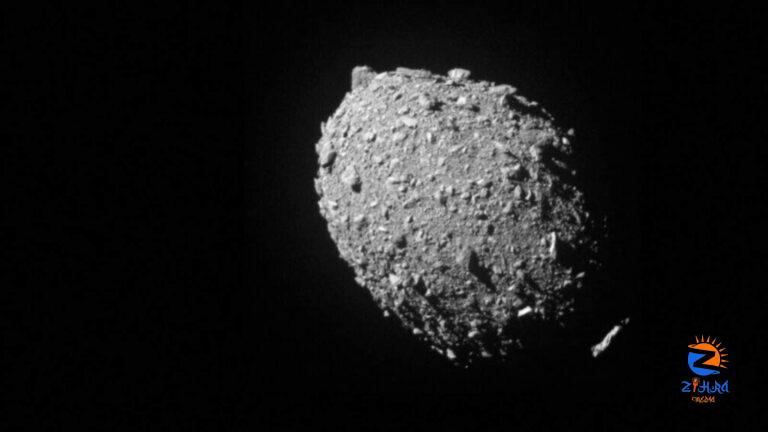
[ad_1]
As the possibility of a large asteroid called Apophis coming ‘very close to the Earth’ has come into focus, the Indian Space Research Organisation (ISRO) said it is monitoring it. The asteroid is named after the Egyptian God of Chaos, Apophis. It is hurtling towards Earth and is expected to make its closest approach on 13 April 2029.
Talking to NDTV, ISRO chief Dr S Somanath said a large asteroid strike is a real existential threat to humanity, adding that the Indian Space Agency is monitoring the Apophis very closely.
“ISRO is very alive to that threat and our Network for Space Objects Tracking and Analysis (NETRA) is monitoring Apophis very closely. After all, we have only one Earth to live on,” Dr Somanath told NDTV.
He also said that India would cooperate with all nations to ward off the threat from the Apophis and any other such threats in the future.
What do we know about Asteroid Apophis?
First discovered in 2004, the Apophis was identified as one of the most hazardous asteroids that could impact Earth. However, NASA changed its impact assessment after astronomers tracked this near-Earth object (NEO), estimated to be about 1,100 feet (335 meters), and its orbit became better determined.
In March 2021, a radar observation campaign coupled with detailed orbit analysis enabled astronomers to determine that the asteroid Apophis poses no threat of colliding with Earth for at least the next hundred years.
Asteroid Apophis became infamous as a potential threat to Earth due to predictions of a close approach in 2029. Subsequent observations discounted the risk of impact in 2029 and also for a later approach in 2036. However, until March 2021, there remained a slight possibility of an impact in 2068.
During Apophis’ distant flyby of Earth on 5 March 2021, astronomers utilized powerful radar observations to refine the asteroid’s orbital estimate around the Sun with extreme precision. This allowed them to confidently eliminate any risk of impact in 2068 and beyond.
Davide Farnocchia of NASA’s Center for Near-Earth Object Studies (CNEOS) said a 2068 impact is not in the realm of possibility anymore. “Our calculations don’t show any impact risk for at least the next 100 years.”
Farnocchia added that with the support of optical observations and additional radar observations, the uncertainty in Apophis’ orbit has collapsed from hundreds of kilometers to just a handful of kilometers when projected to 2029. “This greatly improved knowledge of its position in 2029 provides more certainty of its future motion, so we can now remove Apophis from the risk list.”
[ad_2]